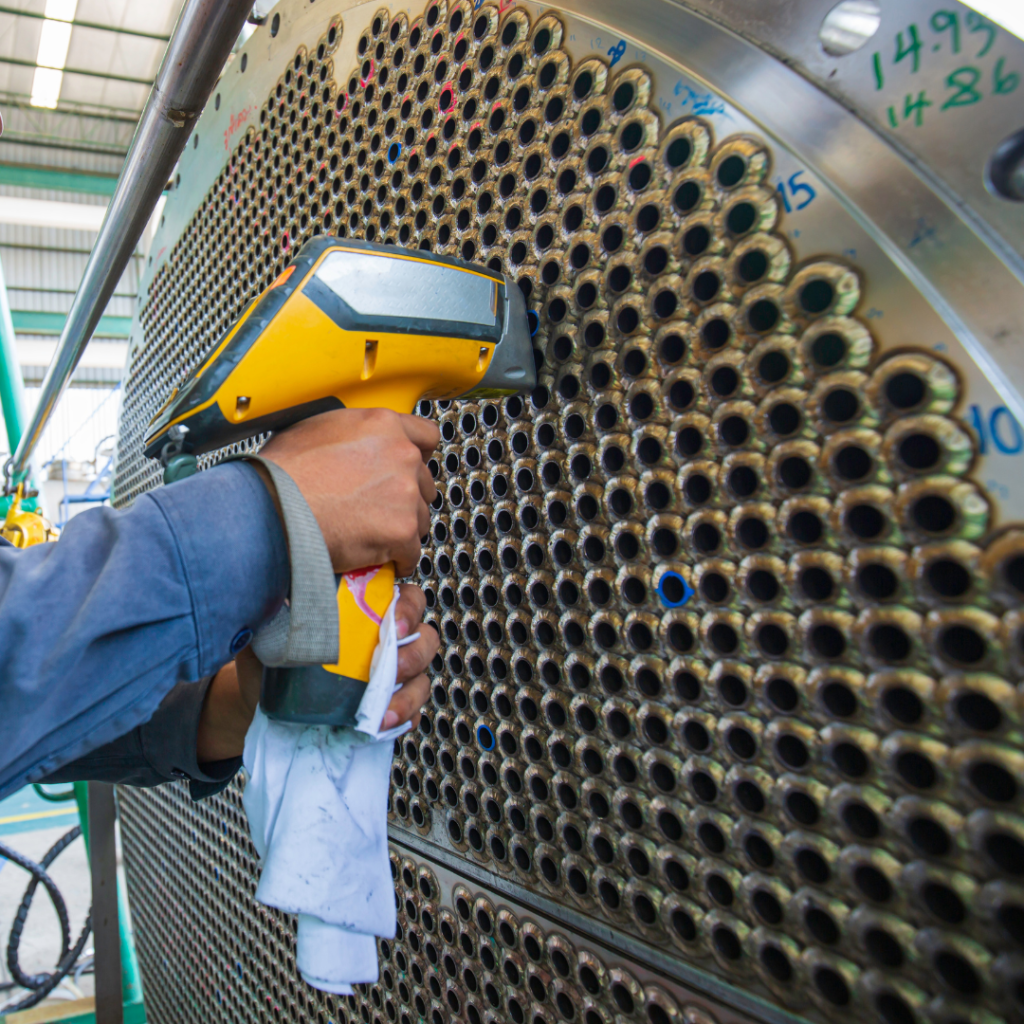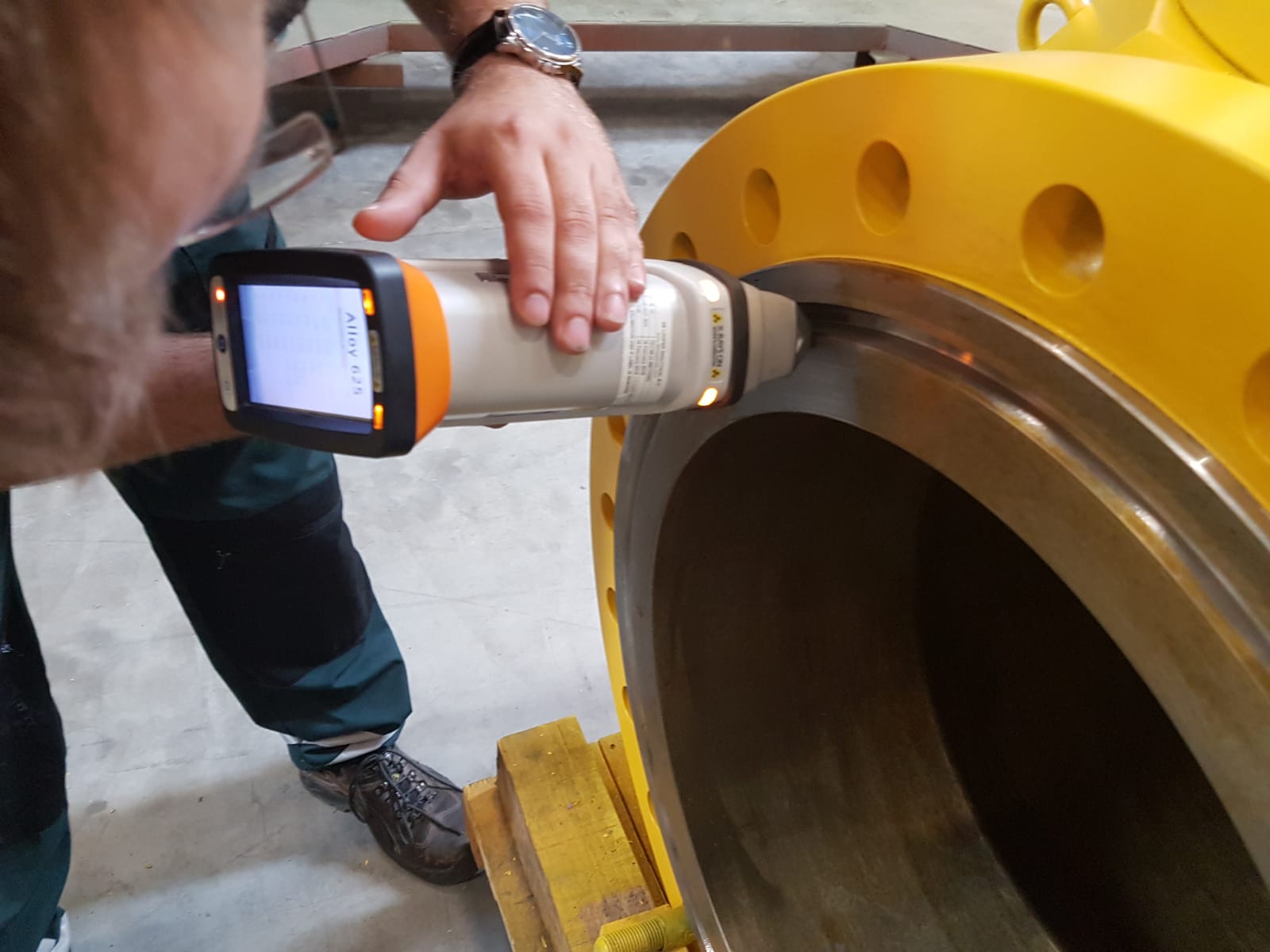Optimize Project Timelines & Minimize Operational Disruptions
Positive Material Identification (PMI) stands as a pivotal aspect of non-destructive testing (NDT), offering rapid alloy chemistry and grade identification using handheld scanners. PMI serves multifaceted purposes, ensuring that supplied materials align with designated standards and specifications. It verifies the correct composition of metallic components, confirming the presence of essential elements crucial for desired material properties, especially corrosion resistance.
PMI finds extensive application in diverse industries, including oil and gas, power generation, chemical, pharmaceutical, aerospace, and metal fabrication, playing a crucial role in quality control, safety compliance, and asset integrity management. It facilitates identification of mixed alloys, ensures compliance with legal requirements, and reduces the risk of liability by documenting safety standards.
Moreover, PMI aids in identifying the root cause of failures, thereby enabling effective resolution to prevent recurrent issues. Engineers and plant operations managers rely on PMI to ensure the integrity of vessels, pipes, and welded components, confirming the usage of correct materials during production and repair processes, thereby upholding quality standards and minimizing risks.
PMI finds extensive application in diverse industries, including oil and gas, power generation, chemical, pharmaceutical, aerospace, and metal fabrication, playing a crucial role in quality control, safety compliance, and asset integrity management. It facilitates identification of mixed alloys, ensures compliance with legal requirements, and reduces the risk of liability by documenting safety standards.
Moreover, PMI aids in identifying the root cause of failures, thereby enabling effective resolution to prevent recurrent issues. Engineers and plant operations managers rely on PMI to ensure the integrity of vessels, pipes, and welded components, confirming the usage of correct materials during production and repair processes, thereby upholding quality standards and minimizing risks.




